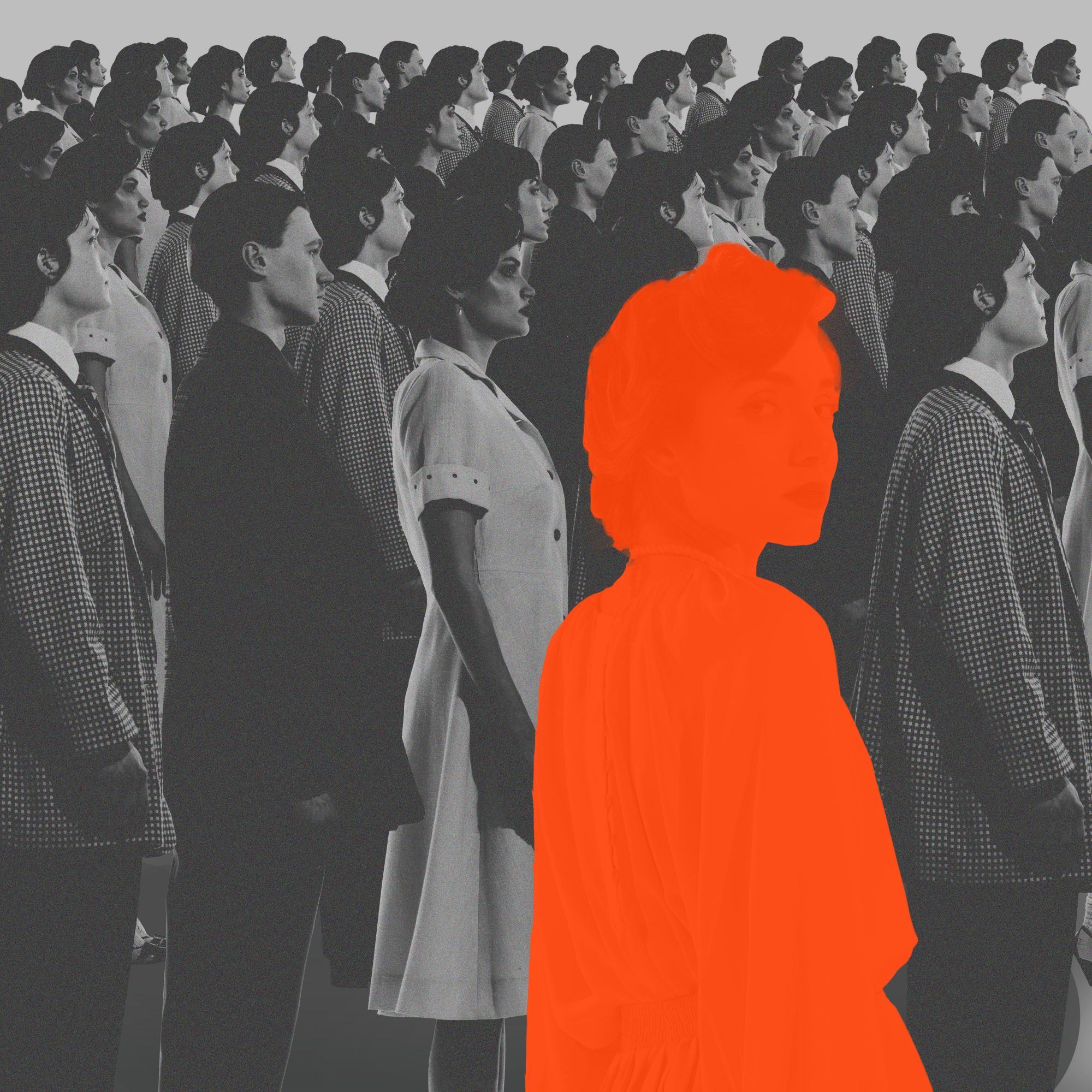The Power of Personal Identity in Art
Art has long been recognized as a reflection of culture, history, and society. But some of the most impactful works come from artists who turn inward—drawing from their personal identity to shape their creative voice. Personal identity in art is more than a signature style or a recognizable subject matter; it is a deep, authentic expression of one’s lived experience, heritage, beliefs, and sense of self. Through this lens, art becomes more than an aesthetic practice—it becomes an intimate language that speaks truth to power, to memory, and to the heart of human experience.
Throughout history, many of the world’s most celebrated artists have used their art to explore and affirm their identity. Frida Kahlo’s deeply personal self-portraits offer not only a window into her physical and emotional pain but also reflect her Mexican heritage and political beliefs. Kehinde Wiley’s reimagining of European portraiture boldly places Black bodies in spaces of power traditionally reserved for European aristocracy, forcing viewers to confront historical erasure and celebrate Black excellence. These artists, among countless others, prove that the personal is not only political—it is universal.
Artists Express Their Personal Artistic Voice: How and Why
The use of personal identity in art often reveals itself through materials, techniques, and storytelling methods. An artist might incorporate traditional fabrics, religious iconography, family photographs, or cultural symbols into their work, transforming these elements into visual narratives. These choices are not accidental—they carry meaning, memory, and intention. By embedding personal or cultural materials into their creations, artists preserve stories that might otherwise be forgotten or misrepresented.
For
many
artists,
particularly
those
from
marginalized
or
underrepresented
communities,
the
act
of
creating
art
becomes
an
act
of
reclaiming
space
and
voice.
It
becomes
a
platform
to
challenge
stereotypes,
question
power
structures,
and
assert
their
right
to
exist
and
be
seen
on
their
own
terms.
Through
their
work,
they
tell
stories
that
defy
singular
narratives—showing
the
complexity
of
identity
in
all its
layers,
whether
shaped
by
race,
gender,
sexuality,
religion,
geography,
or
personal
history.
its
layers,
whether
shaped
by
race,
gender,
sexuality,
religion,
geography,
or
personal
history.
Individuality Expressed in Art Brings People Together
Moreover, personal identity in art fosters connection. It invites viewers to step beyond surface impressions and engage with deeper narratives. It sparks empathy by allowing audiences to experience the world through another’s eyes. In galleries, on streets, and across digital platforms, art becomes a bridge—connecting individual experiences to collective consciousness. It breaks down barriers of language and geography, reminding us that while our stories may be different, our need to express, to be understood, and to be seen is universal.
In today’s globalized world, where cultures constantly intersect and evolve, art rooted in personal identity stands as a powerful reminder of individuality and belonging. It challenges the idea that art must fit into predefined categories or appeal to mainstream expectations. Instead, it encourages artists to celebrate their own stories, however complex or unconventional they may be. Many of the artists here at Framed Gallery in Cleveland are breaking those barriers and sharing their individuality through the art they create.
This type of art also plays an important role in education and social change. Schools, museums, and community programs that highlight personal narratives in art help promote cultural literacy and inclusion. They give people, especially younger generations, permission to see themselves as creators of culture—not just consumers of it.
The Power of Personal Identity is Lasting
Ultimately, when artists embrace who they are—their struggles, their heritage, their voice—they don’t just create art. They create meaning. They leave behind more than visual works; they leave behind legacies of truth, resilience, and humanity. And in doing so, they invite all of us to reflect on our own identities, our stories, and the ways in which we are all connected through the shared human experience. Get inspired by visiting our online exhibit or come see the art gallery in person.
